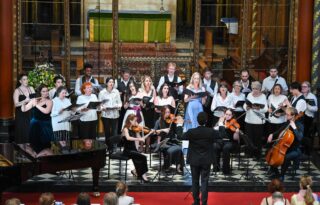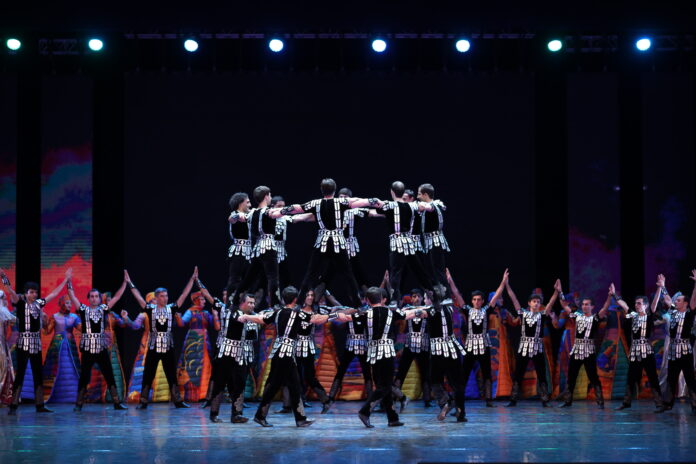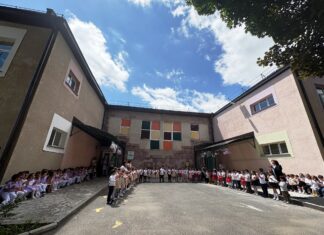By Hena Aposhian
Special to the Mirror-Spectator
In 1963, in an era when national cultural activities were neither encouraged nor widely common in Armenia, Boris Gevorgyan, a man with a vision, founded a traditional Armenian dance collective. What began as a small group soon flourished, and the Berd Ensemble was founded, which grew into the biggest Armenian dance studio.
Founding Berd Ensemble was a daring leap for Gevorgyan, yet he saw great potential in dance. To him, it was a powerful expression of a nation’s identity. The name Berd [“fortress”] was chosen after the Armenian national dance which is rooted in “Gmbetakhagh,” a ritual dance-game from the historical Armenian region of Vaspourakan.

It did not take long for the collective to expand, welcoming not just children but adults as well. With this development, new doors opened for Berd, allowing them to participate at dance competitions and festivals across other Soviet countries, and then different parts of Europe.
Its first international appearance was in 1967, four years after the collective’s establishment, at an international festival in Riga, Latvia, where it was awarded with the title of Laureate. During the 1970s and 1980s, Berd’s participation in international festivals and events became more frequent in countries such as Greece, Hungary, Algeria, Austria and more, where it received widespread recognition and international awards.









